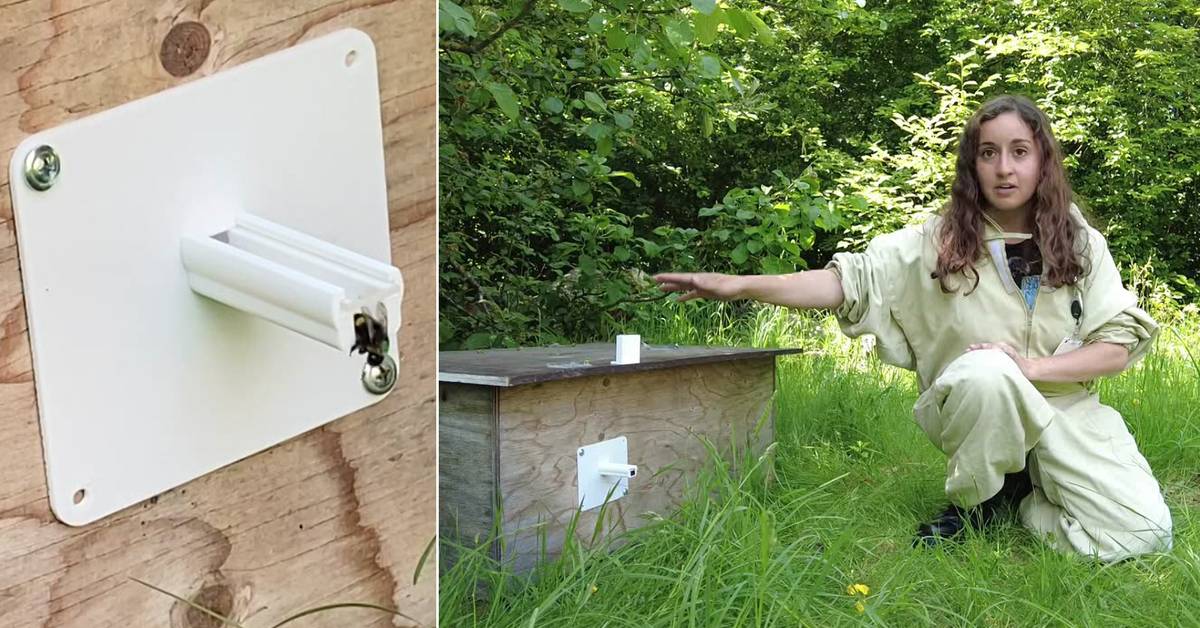"Bumblebees are at least as important pollinators as bees, but not as many studies have been done on them," says doctoral student Natalia Davila.
The more than a thousand bumblebees used in the research have been exposed to small amounts of different pesticides. All have also been marked with a colour and a number so that researchers can see which bumblebees have been exposed to which pesticide.
The bumblebees have now been released and are allowed to fly around and pollinate to see if the agent changes which flowers and plants the bumblebees choose.
When they return to the nest, they are captured so that the pollen they bring back can be analysed in an AI pollen scanner at the university.
"We want to make sure that the pesticides attack the vermin – not our pollinators," says Natalia Davila.
In the clip you can see when the bumblebees are released from their nests.

